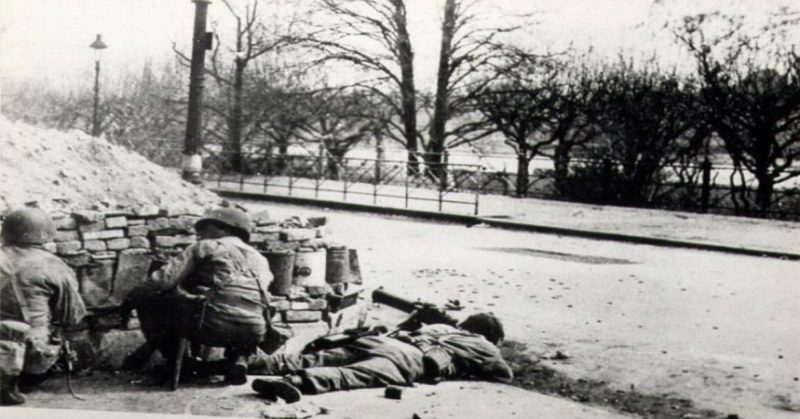In the summer of 1944, after weeks of slogging it out with the Germans in the Bocage country of Normandy, the Allies finally broke out and headed north and east towards Germany.
Having been miles behind the pre-invasion phase lines, they suddenly found themselves on the Seine river well ahead of the original schedule. Stopping and regrouping were now out of the question, and a relentless pursuit of the defeated enemy followed.
On August 25th, the American and Free French armies liberated Paris, on September 3rd the British liberated Brussels and just one day later the crucial port city of Antwerp.
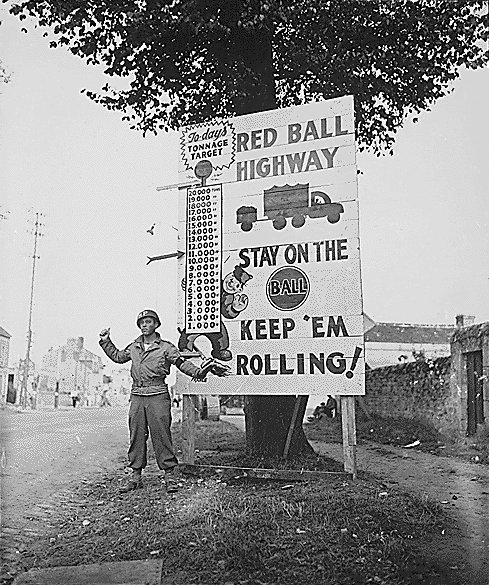
The troops had been on the move for weeks, their vehicles have driven countless miles and were in need of maintenance and repair. The food, ammunition, and most important of all, petrol, were all still being landed on the Normandy beaches and then transported to the front lines.
That was mostly done by trucks in the famous Red Ball Express by African American drivers who were on a one-way route from the beaches to a forward supply base. Then they headed back to the beaches using different roads in shifts that could be as long as 20 hours. Even C-47 Dakotas were used to fly petrol to the front lines, a very inefficient method which also used the Troop Carrier pilots in a way never intended.
Then suddenly the whole system broke down. The structure of supply just could not keep up and the advance came to a grinding halt. Everybody was exhausted and in need of some rest. The Germans were given a breather too, and they made the most of it.
Antwerp
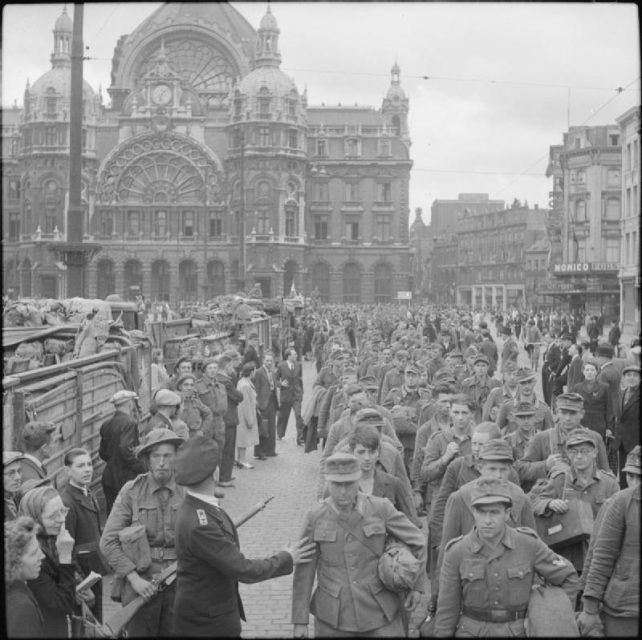
The city and port of Antwerp had been captured intact, but the approaches to the port were still in German hands which meant the Allies couldn’t use it. Worse yet, the German 15th Army, which had been caught in a pocket, now had a chance to escape and fight another day. An oversight which would have dire consequences for the upcoming operation.
However, nobody wanted to give the Germans the time to recover from their rout. The Allies were well aware that they must not give their enemy the time to build a new defensive line and the advance needed resume as soon as possible. But where to go next, and how?
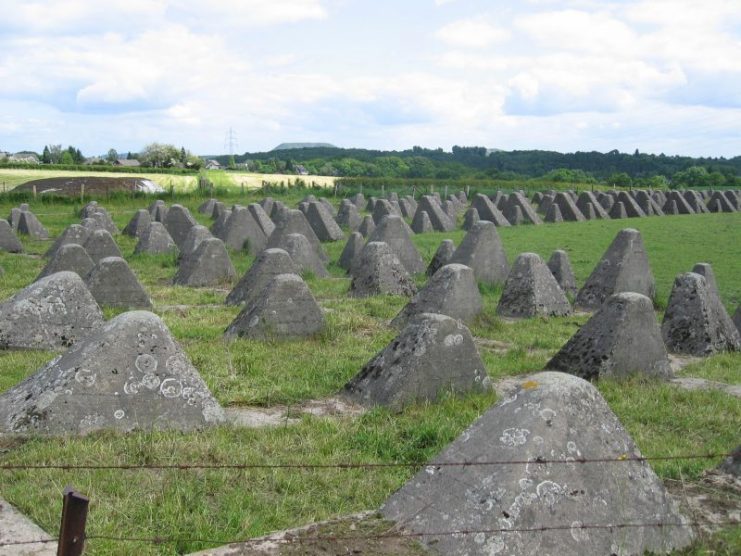
Germany had spent the better part of the 1930s turning the border with France, Luxembourg, Belgium, and part of the Netherlands into a fortress called the Westwall (or Siegfried line). Hundreds of miles of dragons teeth, anti-tank ditches, barbed wire, innumerable bunkers, and a lot of propaganda, gave the Allies the idea that breaking through would be a lengthy and costly affair.
Alternative plan
Newly appointed Field marshal Montgomery came up with an alternative idea. A plan that meant they do not have to go through the Westwall but could go around it, since it stops at Nijmegen. This plan posed new challenges because of the southern part of the Netherlands is crossed by three major rivers and a myriad of smaller creeks and canals. To deal with them, Montgomery needed airborne forces.
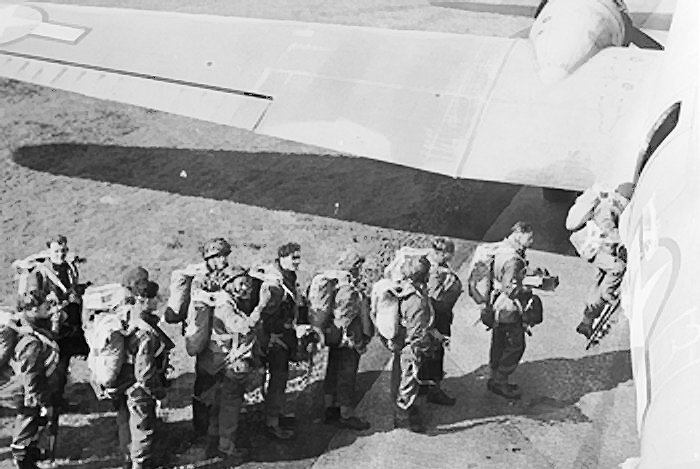
After returning to England following their participation in the D-Day invasion in Normandy, it had been a summer filled with frustration. In a few short weeks, they received orders for no less than thirteen plans which were then all canceled, one of them when the men were already in the planes on the runways.
Especially for the British 1st Airborne Division, it had been a long summer. They had not participated in Normandy and were keen to get into the fight, any fight before the war was over.
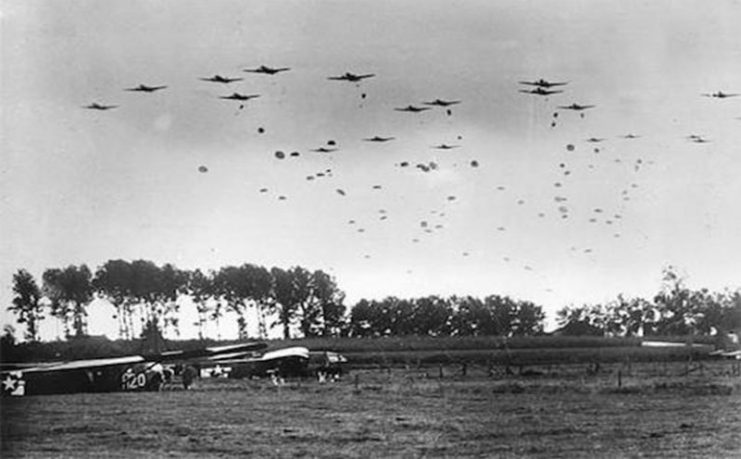
The plan by Montgomery called for the use of the airborne soldiers in a new way. Before, in Italy and Normandy, they had been employed to secure the flanks of the invasion forces and to stop the Germans from bringing in reinforcements. The new plan, Operation Market Garden, was well received in both London and Washington. It involved using the airborne troops in a new way.
The airborne soldiers would be dropped at strategic locations along the route to Arnhem to secure bridges and towns. That would allow the ground forces, the British XXX Corps, to drive along this road, cross all water obstacles, and first reach Arnhem and then the IJsselmeer.
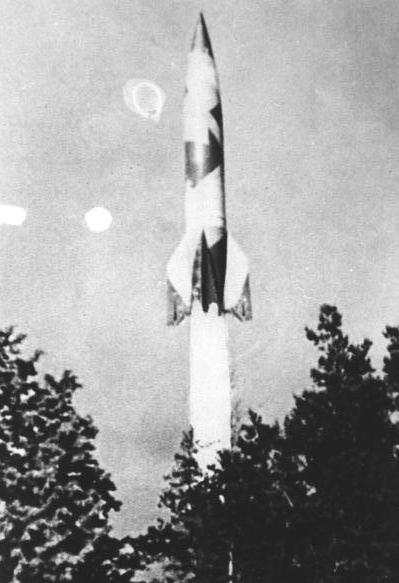
Another often overlooked reason for the quick approval of Operation Market Garden was the appearance of the V2 Rockets. On September 8th, 1944, the roar of an incoming rocket was followed by a massive explosion that rocked the city of London.
This sudden death from the skies, with no way of stopping the new Nazi weapon, might have broke the morale of the civilian population, which already had to cope with thousands of V1 attacks. If the operation succeeds, the western part of the Netherlands, where most of the launch sites are located, will be cut off.
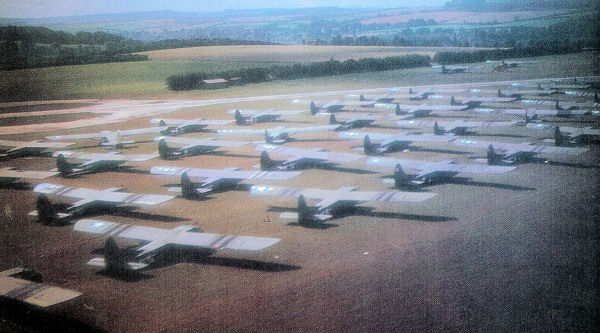
The plan
Montgomery used three Airborne Divisions and a brigade:
- The American 101st Airborne was to be dropped between Son and Veghel to secure the town of Eindhoven and the bridges across four waterways in their area.
- The American 82nd Airborne was to be dropped south and east of Nijmegen. They were to secure two massive bridges in the area, at Grave and Nijmegen, as well as at least one of four bridges crossing a canal and the high ground on the border with Germany.
- The British 1st Airborne would secure the town of Arnhem, including the road bridge and the rail bridge across the Rhine. The Polish 1st Independent Parachute Brigade reinforced them.
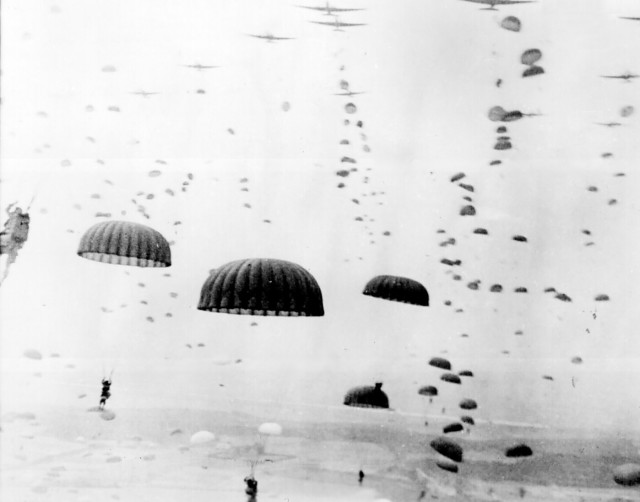
However, the Allied airforce was not able to transport everybody in one massive lift. Nor were they able to fly two lifts on one day. The Troop Carrier pilots had no training in night-flying since the invasion. That meant it would take three days to fly everybody to their drop zones which created extra challenges for the commanders.
They had to choose which troops to bring in on the first day, and they needed to secure the drop zones for future use. Also, if the weather did not co-operate, they might have had to wait days for their divisions to be at full strength. The selection of the drop zones was also restricted by the demands of the airforce, adding further difficulties.
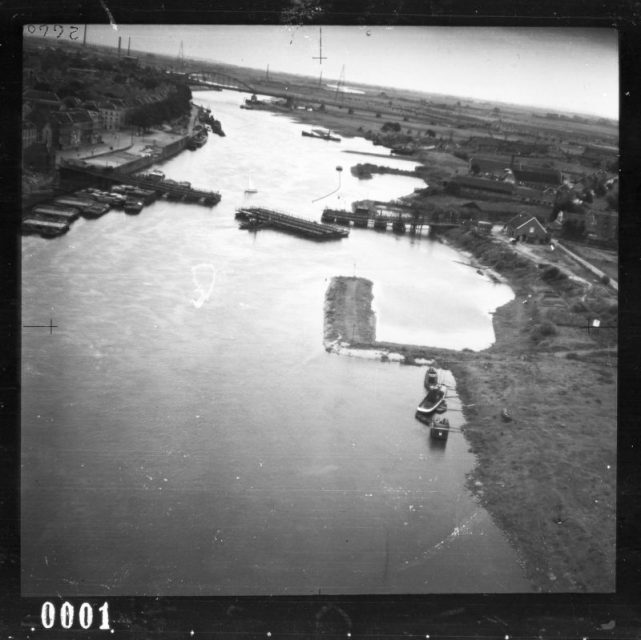
When the tanks arrived at their destination then a number of goals would have been met:
- The western part of the Netherlands would’ve been cut off.
- The launching of V2 rockets from this area would stop.
- They would have secured an advantageous jump off point for the envelopment of the Ruhr industrial area.
- The road to Berlin would be wide open. The route to the enemy capital across the north-German plain was excellent tank country.
Underestimating the enemy
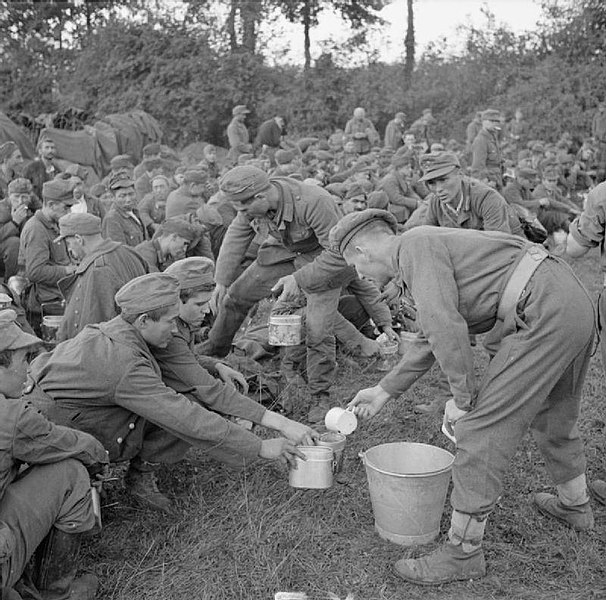
After beating the Germans in France, the Allied high command had all but written them off. That is what they experienced in France in 1918 when they were all young (staff) officers, and they assumed this time it would be no different.
They did not take into account the lessons learned on the eastern front, where the Germans repeatedly showed they were more than able to recover after a severe defeat. Within a matter of weeks, they were able to man a new defensive line after a Soviet offensive ran out of steam.
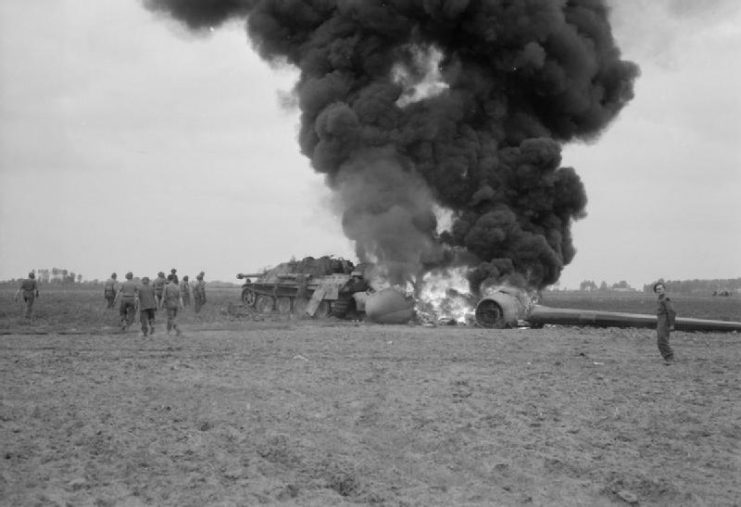
They planned Operation Market Garden with this in mind – the Germans would not offer any significant resistance, even though part of the 82nd Airborne division was dropped almost on the border with Germany.
With their overly optimistic visions, a disaster was in the making.
Joris Nieuwint is a battlefield tour guide for Operation Market Garden. As “The Battlefield Explorer” he creates videos which cover battlefields, museums, and commemorations. For more information, videos and how to hire him as a guide, visit his website: https://thebattlefieldexplorer.com.
